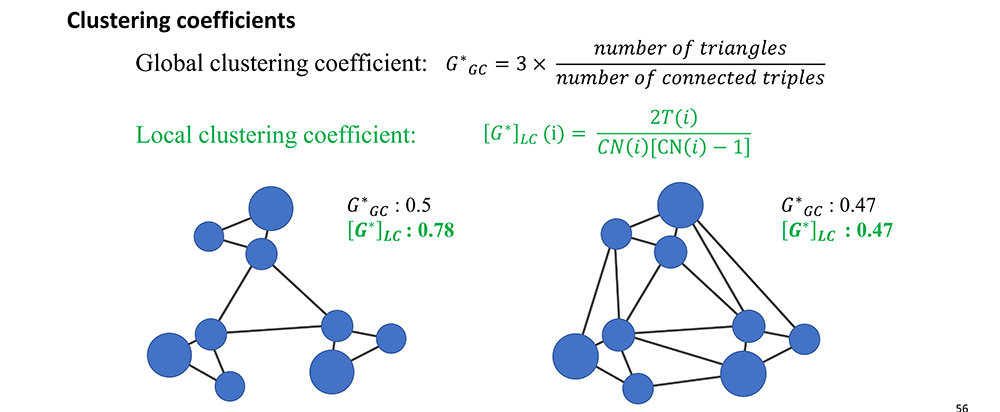Quantifying the impact of rigid interparticle structures on heat transfer in granular materials using networks
Fei W, Narsilio GA, van der Linden JH, Disfani MM. Quantifying the impact of rigid interparticle structures on heat transfer in granular materials using networks. International Journal of Heat and Mass Transfer 2019, 143:118514, doi
Abstract
Coordination number can be used to quantify the particle connectivity and deformability of a granular material. However, it is a local feature of particles at the microscale, and the use of an average coordination number does not allow for full characterization of the microstructural variation in the granular material. Mesoscale structures can be used to overcome this limitation: triangular-like structures at the mesoscale tend to be rigid, whereas square-like structures tend to be deformable. However, the effect of these structures on heat transfer has not been studied in deforming granular materials. A better understating of how microstructure variation affects effective thermal conductivity is necessary. This work constructs contact networks representing the granular materials with particles as nodes and linking neighbouring nodes with edges that represent particle contacts. Then, ‘3-cycles’ (i.e., a triangular structure) and ‘clustering coefficients’ are extracted from the contact network. As contact thermal conductance is vital to heat transfer and affected by particle shape, microscale three-dimensional particle shape descriptors are also calculated. To calculate the effective thermal conductivity of the granular assembly, a thermal network model is established by adding ‘near-contact’ edges to the contact network and assigning a thermal conductance to each edge. The results show that mesoscale local clustering coefficients can indicate the rigidity of granular materials and, together with particle shape descriptors, can be used to well predict the effective thermal conductivity of granular materials under deformation.
Clustering coefficient
According to rigidity theory, a triangular structure tends to resist more deformation than a quadrilateral structure under an external loading.

A granular material could be simplified as a contact network in which a node is assigned to each particle and an edge is created when two neighbouring particles are in contact. Then clustering coefficients are extracted from the contact network.

Results
Dimensionless effective thermal conductivity (ETC) is calculated as dividing the effective thermal conductivity by the thermal conductivity of solid. The dimensionless ETC from Thermal conductance network model (TCNM) shows a better relationship with particle shape and local clustering coefficient than with particle shape and porosity. The relationship will be more loose when the ETC is calculated using finite element method (FEM).
The following three graphs are interactive, please use your mouse to obtain a proper visualization by zooming and changing the perspective.
Fig.a The relationship between dimensionless ETC from TCNM, local clustering coefficient and particle shape descriptor has a correlation coefficient of 0.95
Fig.b The relationship between dimensionless ETC from TCNM, porosity and particle shape descriptor has a correlation coefficient of 0.90
Fig.c The relationship between dimensionless ETC from FEM, porosity and particle shape descriptor has a correlation coefficient of 0.81
